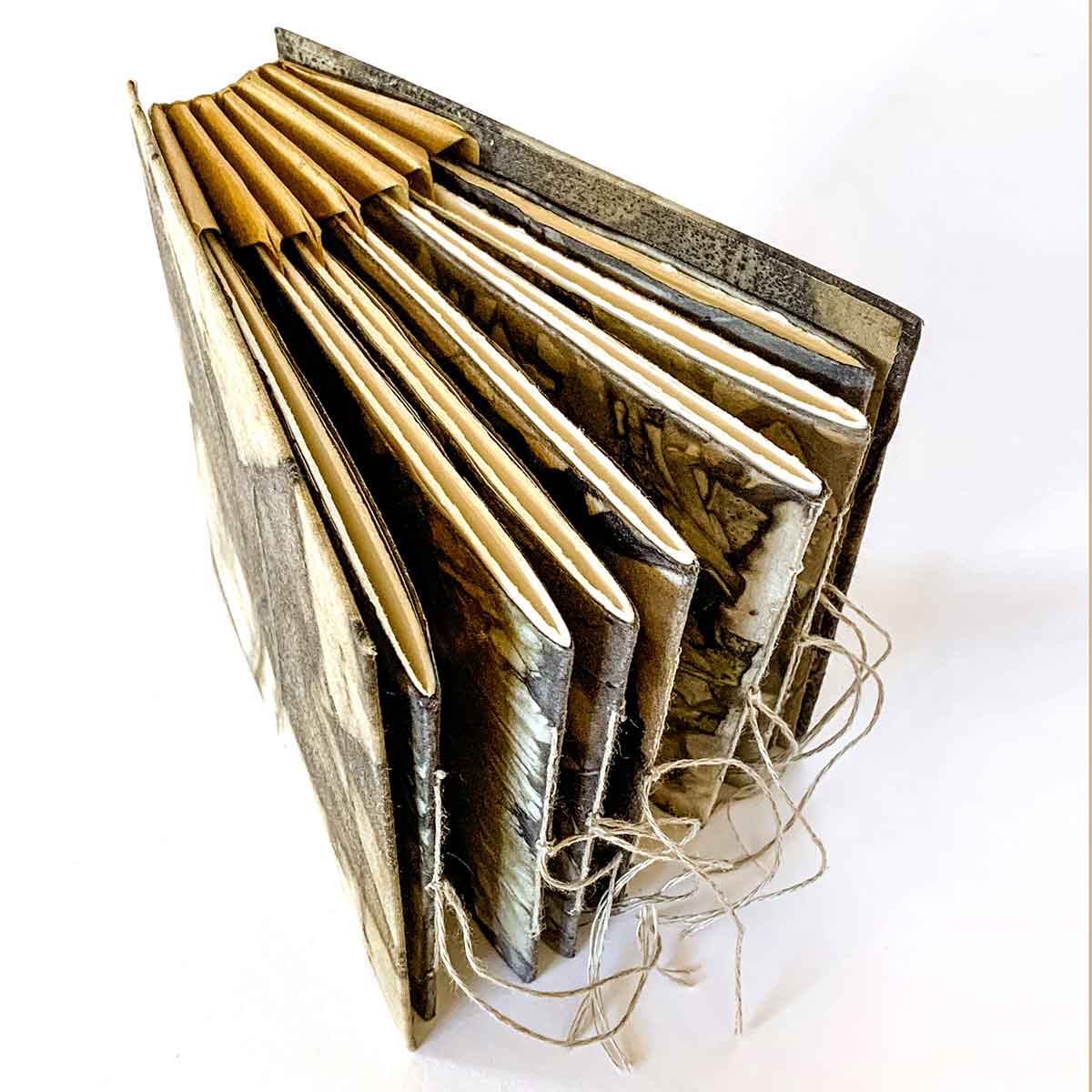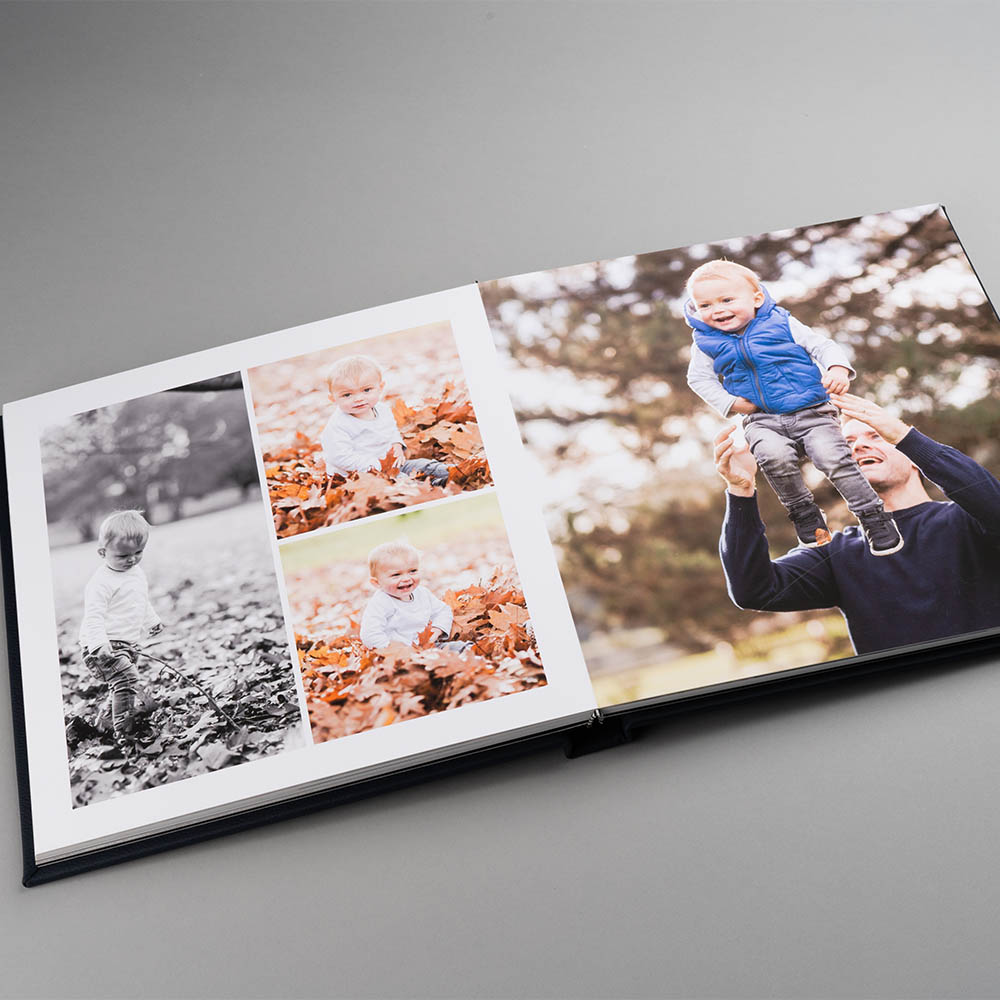How DPI Affects the Final Quality of Your art book
How DPI Affects the Final Quality of Your art book
Blog Article
Recognizing the Process Behind High-Quality Art Book Printing for Art Enthusiasts
When it involves top quality art book printing, recognizing the ins and outs of the process can elevate your gratitude for the last product. You might not realize just how necessary paper choice and ink options are to the vibrancy of art work. Each element plays a significant role in attaining the preferred result. As you explore the numerous elements of art book printing, you'll reveal understandings that can transform your viewpoint on art preservation and presentation.
The Relevance of Paper Choice in Art Book Printing
When it comes to art book printing, the selection of paper can make or damage the end product. You desire your art work to beam, and the appropriate paper enhances shade vibrancy and detail. Consider elements like weight, appearance, and finish; these aspects significantly affect exactly how viewers regard your job.
For example, a much heavier stock conveys top quality and resilience, while a textured surface can add depth to pictures. Smooth paper is exceptional for detailed reproductions, permitting fine lines and refined tones to show up crisp.
Don't forget the paper's brightness; a brighter sheet can assist shades pop, making your art more appealing. You'll likewise wish to believe concerning just how the paper communicates with inks and whether it can handle the printing procedure without warping or bleed-through. Eventually, choosing the right paper sets the phase for your art, guaranteeing it captures the target market's attention equally as you imagined.
Selecting the Right Inks for Lively Reproductions
Picking the appropriate inks is just as important as choosing high quality paper to achieve dynamic reproductions in your art book. When you're publishing artwork, you desire shades that stand out and precisely represent the original item. Opt for inks with a high pigment focus; these tend to produce richer and more saturated shades.
You may consider making use of archival inks, which resist fading in time, guaranteeing your art book stays as striking as the day it was published. If you're collaborating with pictures or digitally created art, pigment-based inks can provide a larger color gamut, boosting detail and deepness.
Do not ignore the surface! Matte and glossy inks can drastically change the appearance of your artwork, so believe concerning the look you're intending to accomplish - art book. Inevitably, the right ink option matches your paper choice, creating a spectacular aesthetic experience for your readers
The Function of Color Monitoring in Print Quality
Color management plays a necessary role in achieving high print high quality for your art book. It assures that the shades you see on your display convert accurately to the published page. Without effective shade administration, your lively artworks might show up dull or distorted, threatening your creative vision.
To begin, adjust your display on a regular basis. This step aids keep consistent color depiction. Next, make use of color accounts customized for your printer and paper type. These accounts lead the printer in reproducing colors accurately, minimizing disparities in between electronic and published variations.
When you prepare your data, take into consideration making use of a color space like Adobe RGB or CMYK, depending on your printer's requirements. Constantly evidence your work, as well; an examination print can reveal any kind of potential shade problems before the last run. By focusing on shade administration, you secure the integrity of your art, guaranteeing your target market experiences it as you intended.

Recognizing Different Binding Strategies
Achieving the ideal seek your art book goes past color monitoring; binding methods likewise play a substantial function in its overall discussion and durability. You have several alternatives to examine, each with its own unique features.
If you're going for a professional feel, situation binding offers a tough alternative with a hard cover, perfect for showcasing your artwork. On the various other hand, perfect binding gives a versatile spinal column while keeping expenses down, making it a preferred option for softcover books.
Spiral binding permits your art book to lay flat, which is fantastic for displaying images without blockage. Meanwhile, saddle stitching is perfect for smaller booklets, providing a tidy finish without the bulk.
Inevitably, the binding strategy you pick need to mirror your creative vision and exactly how you want readers to engage with your job. Make certain to consider these alternatives very carefully to achieve the most effective result for your task.
The Effect of Print Dimension and Layout on Presentation
While the option of print size and layout may appear secondary to web content, they considerably influence just how your artwork is viewed. The dimensions of your prints can either enhance or diminish the impact of your pieces. Larger prints can draw viewers in, permitting them to appreciate complex information, while smaller formats could call for more intimate interaction.

Conservation Methods for Long-lasting Art Books
To ensure your art publications stand the test of time, it's get more info crucial to execute effective conservation techniques. Start by saving them in a great, dry environment, away from straight sunshine and moisture. This prevents fading and bending, keeping your more info web pages undamaged. Use acid-free storage boxes or safety sleeves to secure them from dust and physical damages.
When handling your publications, constantly wash your hands or use cotton gloves to avoid oils and dirt moving onto the pages. Prevent bending or creasing the spines; rather, utilize book supports when displaying them.
For included security, think about purchasing archival-quality products for any fixings or enhancements. Consistently check your collection for indicators of wear or damage, addressing problems without delay. By following these basic techniques, you can ensure your art publications remain vivid and accessible for many years to come, maintaining their charm and worth for future generations.
Collaborating With Printers for Optimum Results
When you prepare to publish your art book, choosing the appropriate printer is vital to achieving your vision. Clear interaction regarding your assumptions and demands will certainly aid assure that both you and the printer get on the very same web page. Allow's discover just how to make this cooperation as smooth and reliable as feasible.
Choosing the Right Printer

Efficient Communication Strategies
Efficient interaction is essential for turning your art book vision into fact, specifically when working together with printers. art book. Start by clearly detailing your task's objectives, consisting of design aspects, recommended products, and any type of details printing methods. Don't hesitate to share your ideas and references; this assists the printer comprehend your visual
Set up normal check-ins to go over progression and address any concerns. Usage here visuals, like mock-ups or samples, to convey your ideas a lot more efficiently. Be open to responses, as printers usually have useful insights that can boost your task. Lastly, maintain a positive relationship by being respectful and pleased of their experience. This collaboration will certainly assure that your art book satisfies your assumptions and radiates in its final kind.
Regularly Asked Inquiries
What Are Common Mistakes to Avoid in Art Book Printing?
When printing your art book, stay clear of usual blunders like inadequate resolution photos, wrong shade accounts, and disregarding page design. Don't forget to check and ascertain information to validate your last product meets your assumptions.
Just How Does Digital Printing Differ From Standard Printing Techniques?
Digital printing utilizes digital files to develop prints straight, permitting quicker turnaround and modification. On the other hand, standard methods involve physical plates, which can be lengthy and much less adaptable for tiny runs or distinct designs.
What Is the Common Turnaround Time for Art Book Printing?
The common turn-around time for art book printing differs, however you can expect it to take anywhere from a few weeks to several months. Variables like intricacy, amount, and printing technique all influence this timeline.
Can I Print a Minimal Version Art Book Financially?
You can publish a limited edition art book economically by selecting cost-efficient products, enhancing print runs, and making use of digital printing alternatives. Careful preparation and budgeting will certainly help you achieve top quality without overspending.
What Are the Ecological Factors To Consider in Art Book Printing?
When taking into consideration art book printing, you should think of environment-friendly products, lasting inks, and energy-efficient procedures (art book). Selecting neighborhood printers can likewise lower your carbon footprint, making your project both gorgeous and environmentally accountable
Report this page